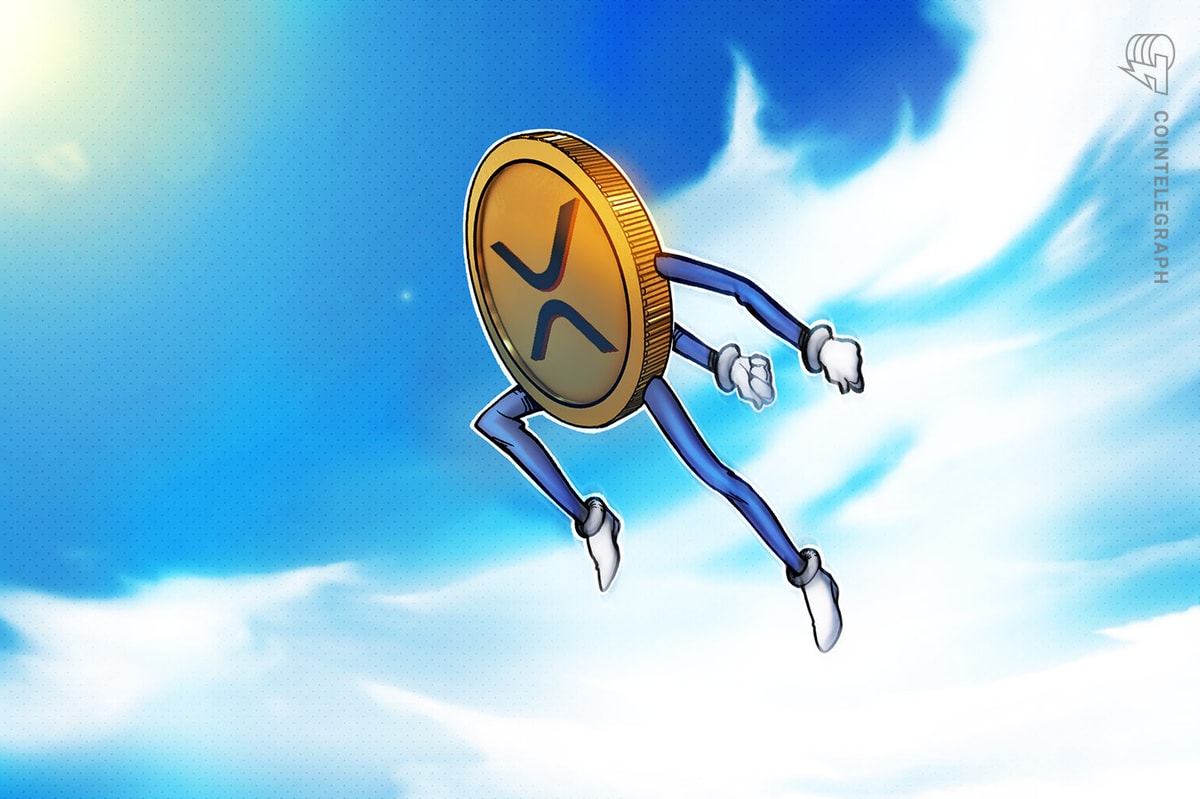
content, reviewed by leading industry experts and seasoned editors. Ad Disclosure
VivoPower International’s pivot toward an XRP-denominated treasury was announced almost one month ago. What the market had not yet heard—in detail—was why the Nasdaq-listed firm chose XRP over Bitcoin and Ether, how it intends to wring yield from that position, and what its architects believe the next half-decade will look like for crypto-native corporates.
Those answers arrived in a 40-minute interview with Thinking Crypto host Tony Edward, where Executive Chairman and CEO Kevin Chin and Board-of-Advisors Chair Adam Traidman offered the most granular view to date of the company’s strategy.
Why VivoPower Chose XRP
“My crypto journey actually started with buying XRP in 2016,” Chin said, explaining that the token’s original use case—low-cost transfers into emerging markets—mirrored the geographies where he operates both for-profit and non-profit ventures. “Fast-forward to today, when the opportunity came about to turn Vivo into an XRP-focused treasury and DeFi solutions company, I really felt convicted to do that, as did the rest of the board.”
That personal conviction dovetailed with what Traidman called a glaring market gap: “We’ve all been watching digital-asset treasury companies after Michael Saylor’s huge success … VivoPower was the first with XRP.” More than a hundred listed companies now hold Bitcoin for balance-sheet alpha, he noted, but none had taken the same leap with XRP despite its deep liquidity and “very large following globally.”
Where MicroStrategy treats bitcoin as inert digital gold, VivoPower wants an asset it can work with. “Most of these treasury companies are focused on a net asset that doesn’t have native utility,” Traidman said. “Using a token which does have real utility is even more powerful because we can influence that utility by growing the ecosystem.”
To that end, VivoPower will entrust custody and OTC conversions to BitGo, stake a portion of its holdings on Flare Network to earn yield, and recycle excess dollars into Ripple’s RLUSD stablecoin for cross-border settlements. “In the next few weeks, we’re going to start trialing that with regards to some of our Philippines-based businesses,” Chin confirmed, citing firsthand frustration with SWIFT delays into Southeast Asia and Africa.
The 5-Year Plan
Unlike a spot ETF, the corporate structure lets VivoPower share those yields directly with investors. “That would be the plan,” Traidman said when asked whether staking income could flow out as a dividend. “It’s a real differentiator for potential investors who want the upside of XRP and yield.”
That yield focus is already shaping capital strategy. VivoPower will fund initial purchases with equity, anchored by Prince Abdulaziz of Saudi Arabia, an XRP holder since 2017. Borrowing could follow, but only “if the cost-of-capital equation stacks up,” Chin said, praising ex-Goldman CFO David Mansfield for “judicious” discipline.
Both executives addressed the specter of crypto volatility head-on. “There is some fervor in the markets in terms of treasury-based strategies,” Chin conceded, yet argued that swings become “an asset that you can generate yield off.” His remedy is time horizon: “We think in five-year cycles when we formulate strategy and execution plans.”
Traidman, who built one of the first iOS bitcoin wallets before selling it to Coinbase, framed the macro backdrop as uniquely favorable. Spot-crypto ETFs and more accommodative US regulators, he said, have created “a really strong floor” beneath top-tier tokens. “It’s too big to fail … The downside risk is going down.”
Under nondisclosure obligations, Chin declined to detail forthcoming deals, but disclosed that due diligence is under way on startups building atop the XRP Ledger—investments that could both earn venture returns and expand use-cases for VivoPower’s treasury. The company’s own subsidiaries will pilot RLUSD-based remittances, with an eye toward expanding into Ghana, Kenya, and other markets where dollar liquidity is scarce.
Chin summed up the ambition succinctly: “We will still be here in five years’ time, in ten years’ time, irrespective of what goes on in the market,” because the model extends beyond holding a volatile asset to “engaging and building DeFi solutions that ultimately generate income and cash.”
At press time, XRP traded at $2.08.
 XRP price, 1-day chart | Source: XRPUSDT on TradingView.com
XRP price, 1-day chart | Source: XRPUSDT on TradingView.comFeatured image created with DALL.E, chart from TradingView.com

Editorial Process for bitcoinist is centered on delivering thoroughly researched, accurate, and unbiased content. We uphold strict sourcing standards, and each page undergoes diligent review by our team of top technology experts and seasoned editors. This process ensures the integrity, relevance, and value of our content for our readers.

















 English (US) ·
English (US) ·